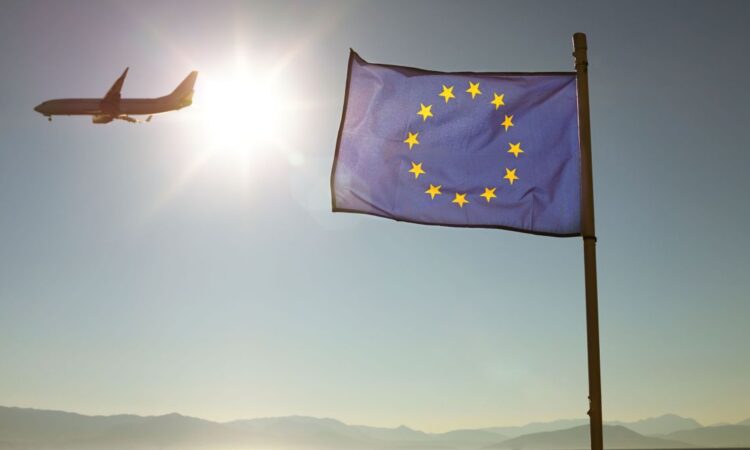
To help you understand what is going on in the economies of Europe, the fiscal discussions of the European Union and what we expect to happen in the future, our highly-experienced Kiplinger Letter team will keep you abreast of the latest developments and forecasts (Get a free issue of The Kiplinger Letter or subscribe). You’ll get all the latest news first by subscribing, but we will publish many (but not all) of the forecasts a few days afterward online. Here’s the latest…
The eurozone economies are holding up better than expected this year. The bloc’s overall economy eked out a 0.3% expansion in the second quarter, despite the ongoing energy crisis and high inflation. Among its largest economies, Italy was the only one to contract. Growth in Germany was flat, while the economies of Spain and France grew modestly in the second quarter. Admittedly, growth was skewed upwards by one-off factors in France and Ireland. But after stagnating in the first quarter and shrinking in the last quarter of 2022, any growth is welcome.
A contraction is still likely in the second half of the year in the eurozone. Firms in the bloc are reporting stagnating activity levels, and manufacturing activity is already contracting in many of the economies in the region that uses the euro. Interest rate hikes, over the past year, have led to a tightening in credit conditions.
Sign up for Kiplinger’s Free E-Newsletters
Profit and prosper with the best of expert advice on investing, taxes, retirement, personal finance and more – straight to your e-mail.
Profit and prosper with the best of expert advice – straight to your e-mail.
The European Central Bank (ECB) has one more interest rate hike in store this year. Headline inflation fell in July, but core inflation — which excludes energy and food — was unchanged at 5.5%. Like the Fed, the ECB has slowed its pace of rate increases. But it has left the door open for another hike in September if inflation remains entrenched.
The European Union is working on new spending rules for its members that would rewrite the EU’s existing fiscal rulebook — the Stability and Growth Pact (SGP), which aims to prevent excessive borrowing by governments. The details are uncertain, but the new rules will likely require EU members to run smaller budget deficits. The EU has let members exceed its normal deficit limits since March 2020.
EU member states remain split on proposed changes to the fiscal rules, especially on whether there should be numerical benchmarks and automatic rules for all on annual debt reduction, or if each country should negotiate spending cuts with the EU’s executive body. If member states fail to agree to changes by year-end, the EU’s existing rules, with their automatic cuts, will become effective again in 2024. Germany favors that approach, while France prefers case-by-case deficit targets.
Whatever happens, EU budget deficits are likely to shrink in coming years as members cut the huge subsidies triggered by COVID-19 and Europe’s energy shock.
This forecast first appeared in The Kiplinger Letter, which has been running since 1923 and is a collection of concise weekly forecasts on business and economic trends, as well as what to expect from Washington, to help you understand what’s coming up to make the most of your investments and your money. Subscribe to The Kiplinger Letter.






